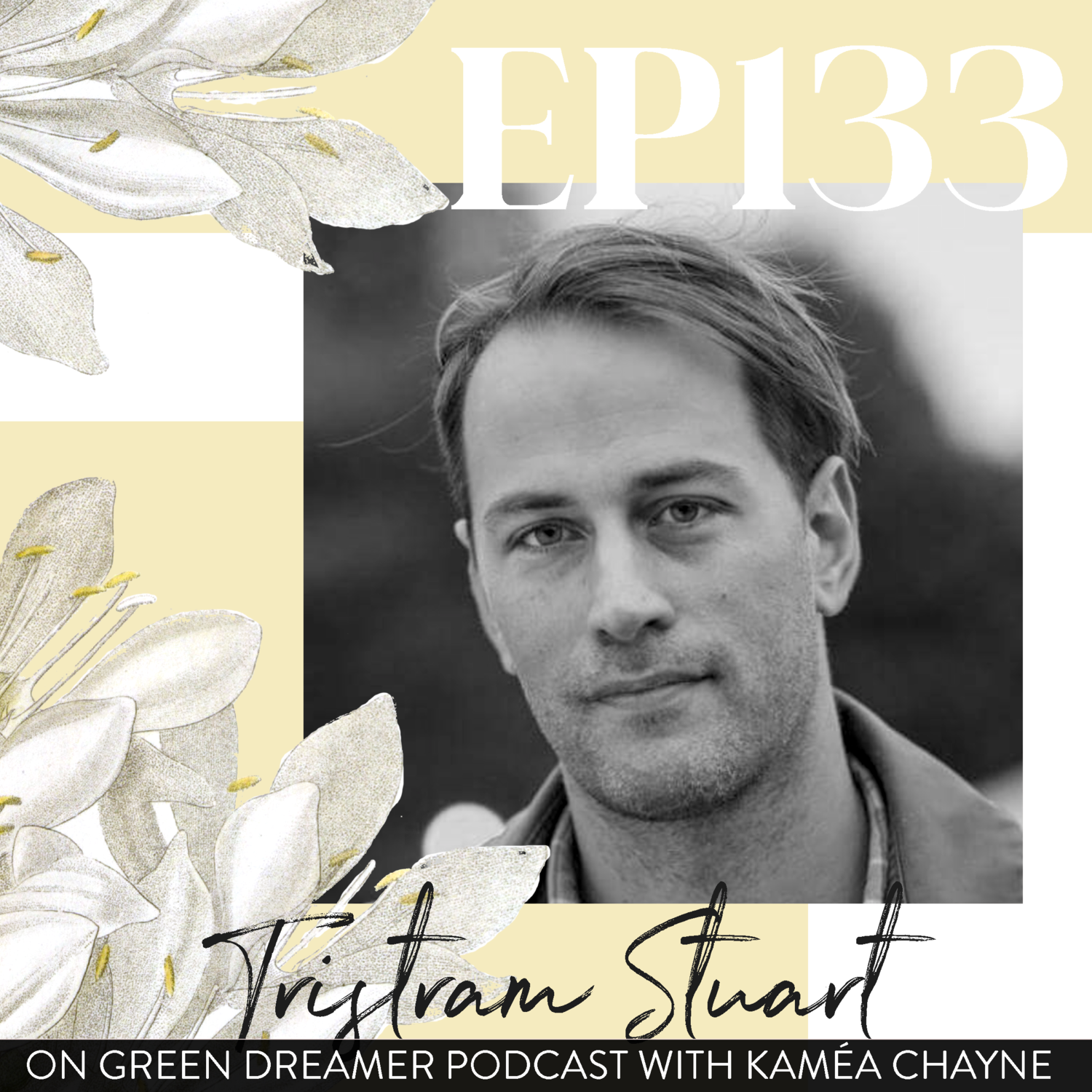Dreaming up radical ways to address our global food waste scandal
Tristram Stuart (@tristramstuart) is a speaker, an international award-winning author (The Bloodless Revolution andWaste: Uncovering the Global Food Scandal), the founder of Feedback and Toastale, and an expert on the environmental and social impacts of food.
On this podcast episode, Tristram shares how we’ve come to adopt a wasteful, linear food system (and what a circular system would look like), how we can be more respectful to nature in spite of our economy undervaluing what is truly invaluable, how we can rewire our broken food system through delivery services driven by supply of what is available rather than consumer demand, and more.
To start, get a glimpse below into the conversation between Tristram and Green Dreamer Podcast’s host, Kaméa Chayne.
“I think we need to look for the connectivity... Otherwise, our little organizational silos are just going to perpetuate the system that has created the problem in the first place.”
If you feel inspired by this episode, please consider donating a gift of support of any amount today!
This is a conversation on Green Dreamer with Kaméa Chayne, a podcast exploring environmental regeneration and intersectional sustainability from ideas to life. Subscribe to Green Dreamer on iTunes, Spotify, Stitcher, or any podcast app to stay informed and up to date on our latest episodes.
On what crystallized his dedication to sustainability:
“When you love something and then you discover just how much of the natural world was being destroyed by human activity, it took me no trouble at all as a young child to see that this was the central concern of our age and that my personal connection to an issue like global warming was direct.”
On how we already know our solutions to creating sustainable food systems:
“We already know how to do food in a way that creates habitat rather than destroys it; that puts carbon back in the ground—that’s what plants do every year. They suck up carbon from the atmosphere and stick it into biomass. If we can capture that and put it into the ground in the long-term, that’s one of the biggest possible ways of tackling climate change available to us.
We know how to do farming in ways that put water back into the water table rather than suck it out. We know how to do it in a way that produces healthy, accessible food for all. The problem is that we’re doing exactly the opposite.”
On the importance of connecting our efforts:
“What we all need to do is look at how our tiny little efforts can be part of an emergence of the global superorganism. I think we need to look for the connectivity—almost like the fungal mycelium—to connect all of us into the one, big global effort to save planet earth.
Otherwise, our little organizational silos are just going to perpetuate the system that has created the problem in the first place.”
Tristram’s final words of wisdom:
“We should not let go of our grief and anger about the destruction of the natural world, but we should upcycle it into as much celebration and joy as we can sustainably create in our lives, so that even if we lose the battle to save nature, we’ve had wonderful, fun, beautiful lives together.”

